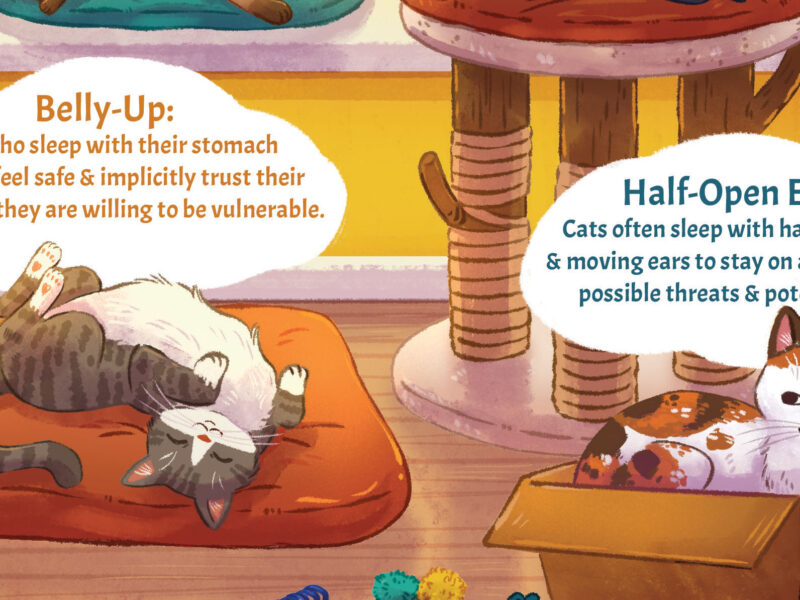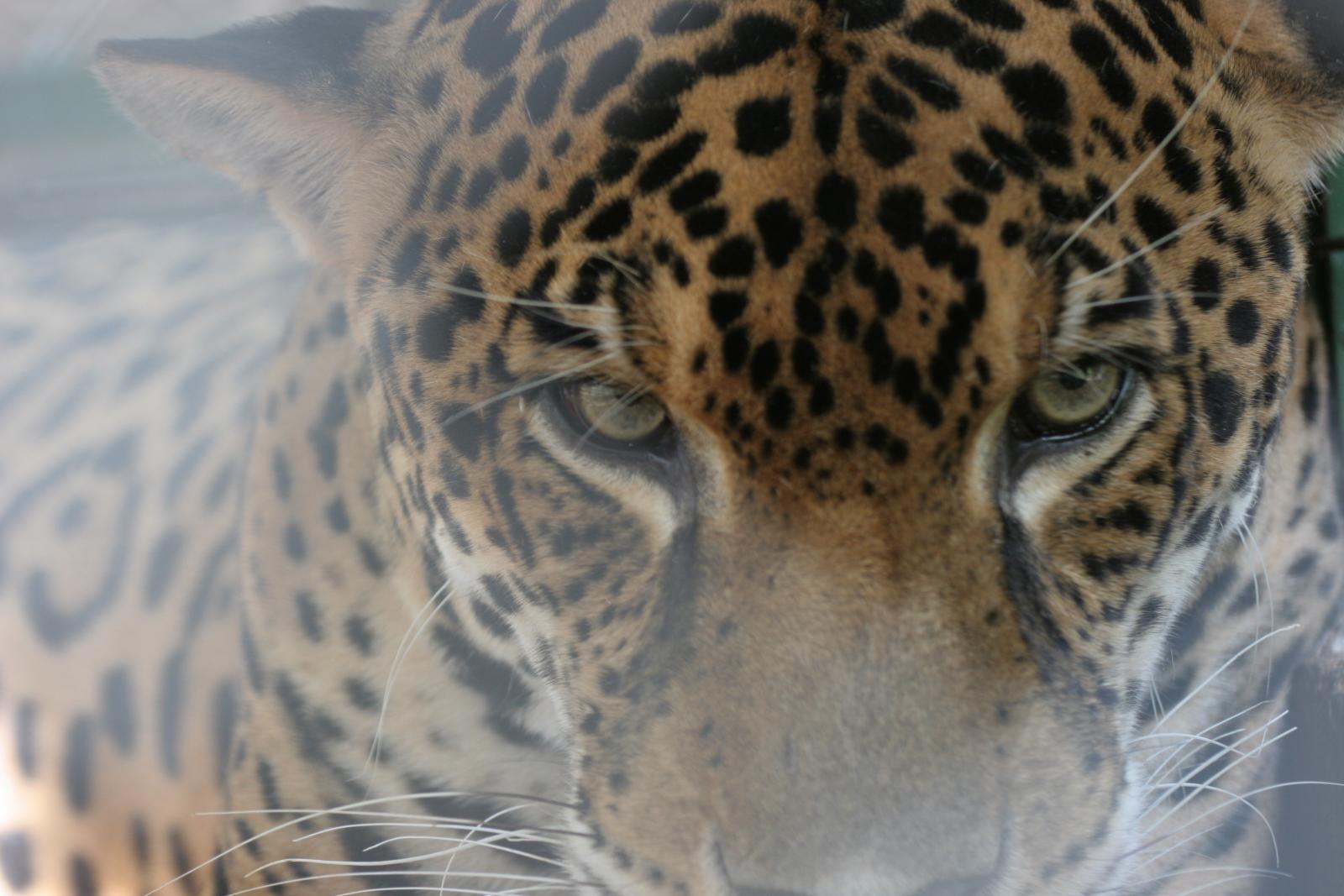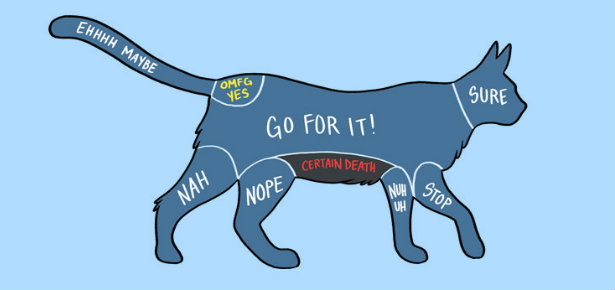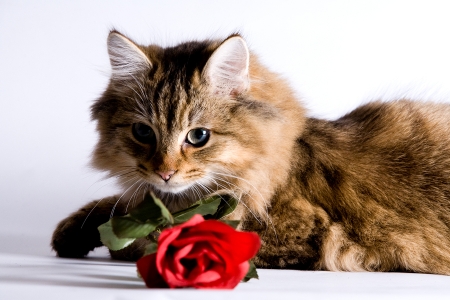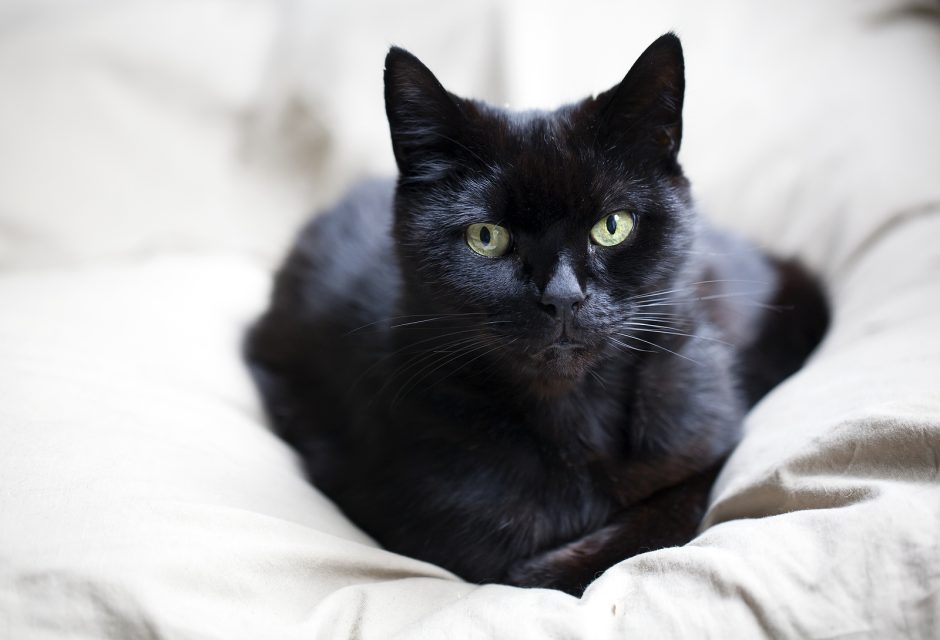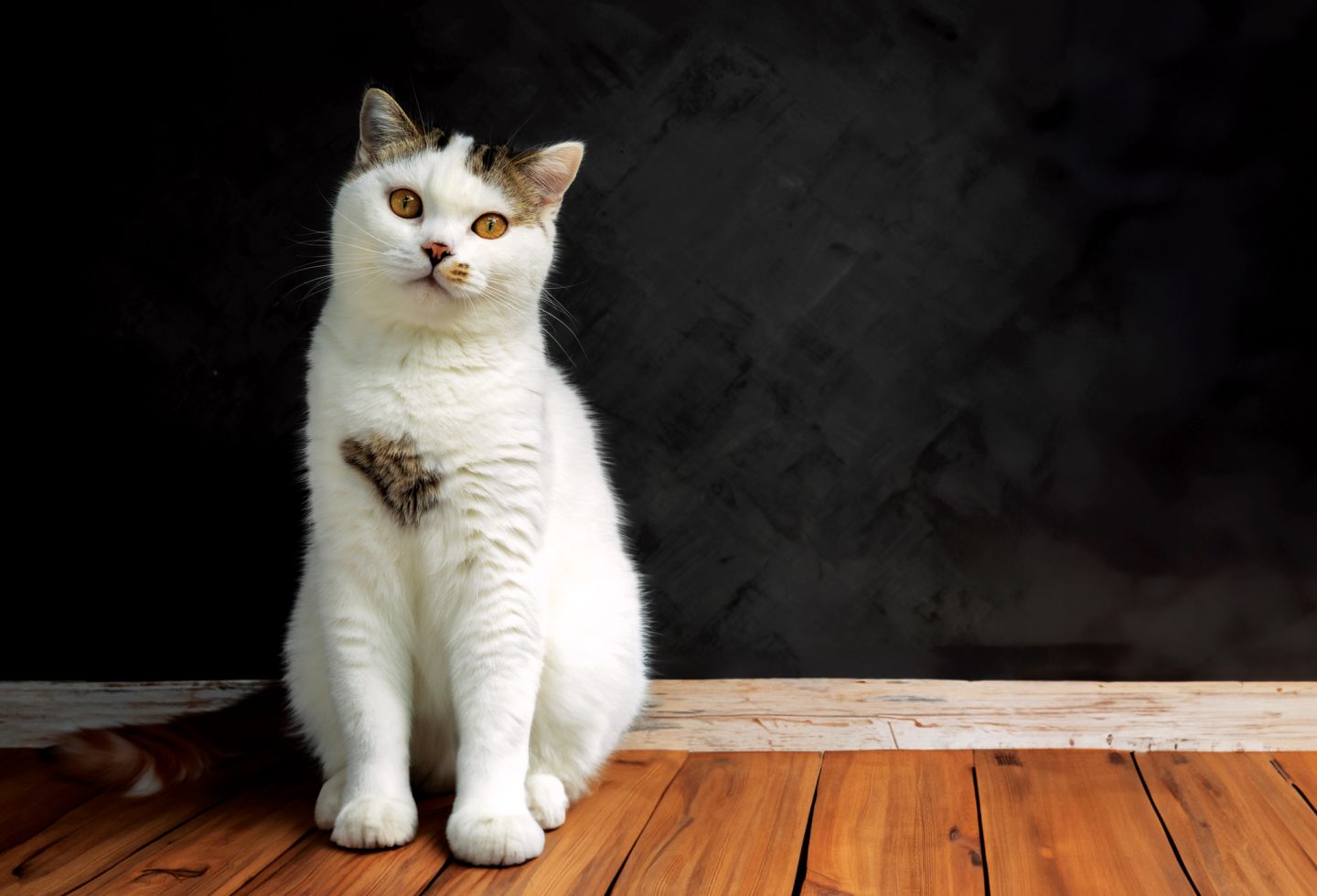

Cats Have 276 Facial Expressions
Frequently thought to be aloof, felines are far more expressive than previously thought. A new study shows that cats have complex social lives.
Cats have a reputation for being inscrutable and unexpressive, but according to a new study, that’s simply not true. Researchers found that cats, in fact, make 276 different facial expressions.
The research, published in Behavioural Processes, demonstrated that cats have a wide array of both friendly and unfriendly facial expressions, belying the idea that cats are not social creatures. The study unpacks how cats interact with each other and with us.
Your Cat’s Face Can Tell You If They Are Feeling Friendly or Not
Whether your cat is feeling friendly (or not) toward another cat is all shown on their face. One of the fascinating things about domestic cats is that they exist on a spectrum, from solitary cats to those who live in small or large social groups. In colonies of free-roaming cats, female cats cooperate with each other to raise their kittens. But housecats, depending in part on their early life experiences, may prefer to be the only feline, while others happily live with multiple cats. Given this variance, it makes sense for cats to have facial expressions that tell other cats when they are feeling friendly—but scientists had not looked at it before now. It turns out that cats have a much wider range of expressions than they have previously been credited with.
Brittany Florkiewicz, PhD, second author of the study and an Assistant Professor of Psychology at Lyon College in Arkansas tells us, “We know that cats are very social. What the results of our study show is that to navigate different social interactions and different social structures, they’re using a wide variety of facial expressions.”
In fact, they found 26 different facial movements that were used to make a total of 276 combinations. 46 percent were only used in a friendly context, 37 percent in an unfriendly context, and the remainder in both kinds of situations. The number of facial expressions is very complex—more like chimps (with 357 documented expressions) than gibbons (with about 80).
“One of the most interesting things is just the huge variety of these individual muscle movements that they observed during the interactions,” says Mikel Delgado, PhD, author of the upcoming book Play With Your Cat!: The Essential Guide to Interactive Play for a Happier, Healthier Feline, not affiliated with the research. “In fact, there were more of these signals with affiliative behaviours than the agonistic [unfriendly] ones!”
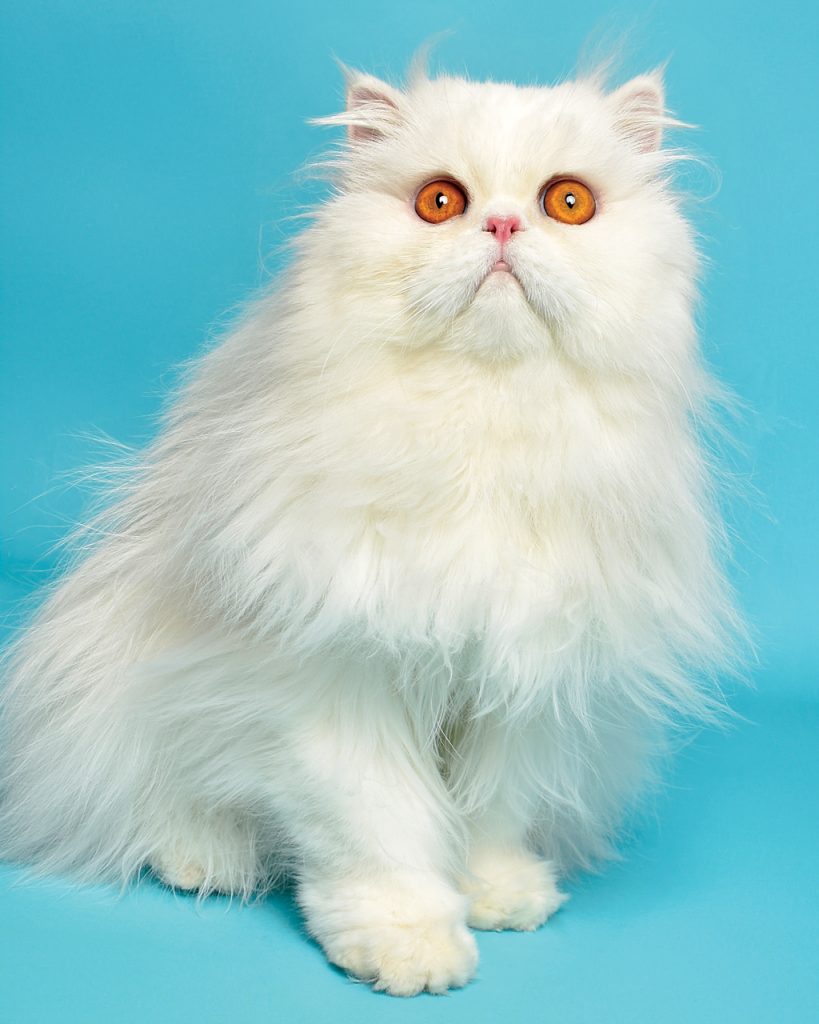
Yeti Cooper
Photo by Sydney McIntyre
What Your Cat’s Facial Expressions Mean
There was a wide variety of facial movements, and some, taken individually, did not necessarily mean the cat was friendly or unfriendly. But there were eight specific movements that clustered together into two distinct groups: a set of feline facial movements associated with friendliness towards another cat and a different set of movements associated with unfriendly interactions. To know if an expression is friendly or not, ear movements are one key sign to look for, but it’s also important to notice the eyes, whiskers, and tongue (see list below).
This builds on other signs that previous research has shown we should look for in friendly cat-cat relations, like the tail-up signal (the tail straight up, often with a little hook at the end) or cats rubbing on each other, lying together, and choosing to spend time in close proximity.
However, the study found that there was no difference in the complexity of affiliative and non-affiliative facial expressions; in other words, there were no differences in the number of facial muscles involved in each type of signal, friendly or otherwise.
How to Tell If Your Cat’s Facial Expression is Friendly to Another Cat
FRIENDLY FACIAL SIGNALS
-
Ears move to the middle of the head
-
Ears move forward
-
Whiskers move forward
-
Eyes are closed
UNFRIENDLY FACIAL SIGNALS
-
Ears are rotated
-
Ears are flattened to the head
-
Pupils are constricted (narrow)
-
The tongue wipes the lip
Play Face
Some of the friendly interactions that were recorded in the study involved cats playing with each other, and that led to another exciting finding: cats have a specific facial expression related to play, known as play face. This has previously been found in other mammals like dogs, humans, monkeys, apes, and sun bears, and it was thought to exist in cats—but this is the first time it has been clearly shown from a scientific perspective.
Across many mammals, play face involves the same kind of facial muscles. In dogs, these expressions can vary in intensity, but essentially, the lips are parted, the corners of the lips are pulled back, the jaw is relaxed, and the mouth is open. This is sometimes accompanied by panting or a sound like human laughter. It turns out that cats, too, have a similar play face that can vary in intensity and be accompanied by similar sounds.
“Play faces are really beneficial because play is great for the development of cognitive ability, social abilities, and fine-tuned motor skills, so being able to play has lots of benefits,” says Florkiewicz. “But it’s also potentially risky because play can always go south, right? You know, if a cat gets a little bit too into the play bout, maybe there’s a little bit too much rough and tumble… So play faces are great because they help cats to modulate play in terms of changing intensity and in terms of changing the behaviours, going from rough and tumble to chase and vice versa.”
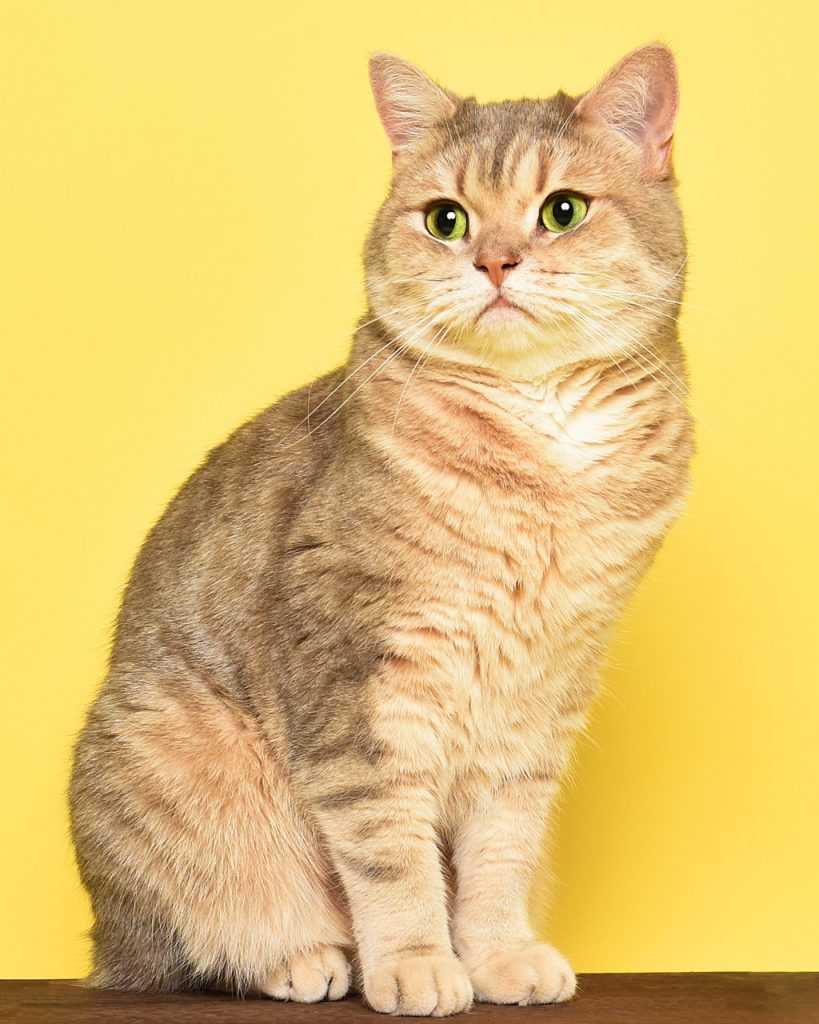
Yorkshire Puddington
Photo by SydneyMcIntyre
It’s really interesting that cats seem to share a common play face with other species and that they use it in a similar way. She hopes to learn more about the feline play face in future research.
The existence of play face gives us an extra sign to look for to tell if cats are playing or fighting, something that people with a multicat home often find confusing.
“I’d say the quick and easy way to tell them apart,” says Delgado, “is really, just, are they screaming or is it mostly just quiet, because play does tend to be very silent and fighting is not a pleasant sound.”
Other signs that indicate cats are playing include role reversals in play (for example, the cat who is chasing becoming the cat who is chased), changes in activity (such as from wrestling to chasing), and no overt signs of fighting (claws in!). Some of the movements you might see in cat-cat play include a side-step with an arched back and the tail curled up, one cat lying belly-up with all their legs pointing up, a bouncy running gait, and a face-off in which one cat sits facing the other with a paw raised and moving towards them.
Feline Facial Expressions and Domestication
This study posited that these feline facial expressions—and the ability to produce them—must have evolved for a reason. Domestic cats are a lot more social than their wildcat relatives, and they engage in various social behaviours, such as grooming each other, rubbing their heads together, resting together, and playing together. When animals (including cats) are domesticated, they don’t just become more tolerant of people, they also become more tolerant of each other because they have to share space. It’s possible that cats’ large variety of friendly facial expressions has developed as a result of the domestication process, even though they’ve only had a short domestication period (around 10,000 years).
“It might be attributed to the fact that cats have become very socially tolerant and affiliated with one another, and they’re using facial expressions to navigate social interactions,” says Florkiewicz. In research that she and her team have done, as well as studies from other researchers, she says that domesticated animals have more complex social lives, which in turn means they have different facial expressions.
Whiskers are an incredibly good indicator: Content or happy cats almost always point their whiskers forward.
How They Did The Study
The data was collected at the CatCafé Lounge in Los Angeles over a period of 10 months. The first author of the research, Lauren Scott, was an anthropology student at UCLA at the time (she’s now a medical student at the University of Kansas School of Medicine). Scott recorded cats on video after hours when all the people had gone home. The cats were filmed in the two main rooms of the café—the lounge and the catio—where the cats were able to move around and mingle with each other as they wished. In total, 27 female and 26 male domestic shorthair cats took part in the study, with 688 facial signals to other cats recorded over the 10 months.
Once the data was collected, it was analyzed using a system called catFACS (cat Facial Action Coding System). You have to learn a lot of feline anatomy to be able to use catFACS. The analysis just looked at facial signals aimed at another cat; things like breathing, yawning, and moving the head did not count. The scientists looked in detail at facial movements such as ears forward, nose lick, half blink, and so on.
Florkiewicz has even seen these signs at home after adding a second feline to her household. “When my cats were first introduced to each other and became more friendly over time, you notice that the ears are going forward, the whiskers are going forward, and the eyes are closing,” she said. “They’re purring, they’re rubbing each other. It’s very clear that they have a good relationship. You can see that affiliation coming through with the facial expression.”
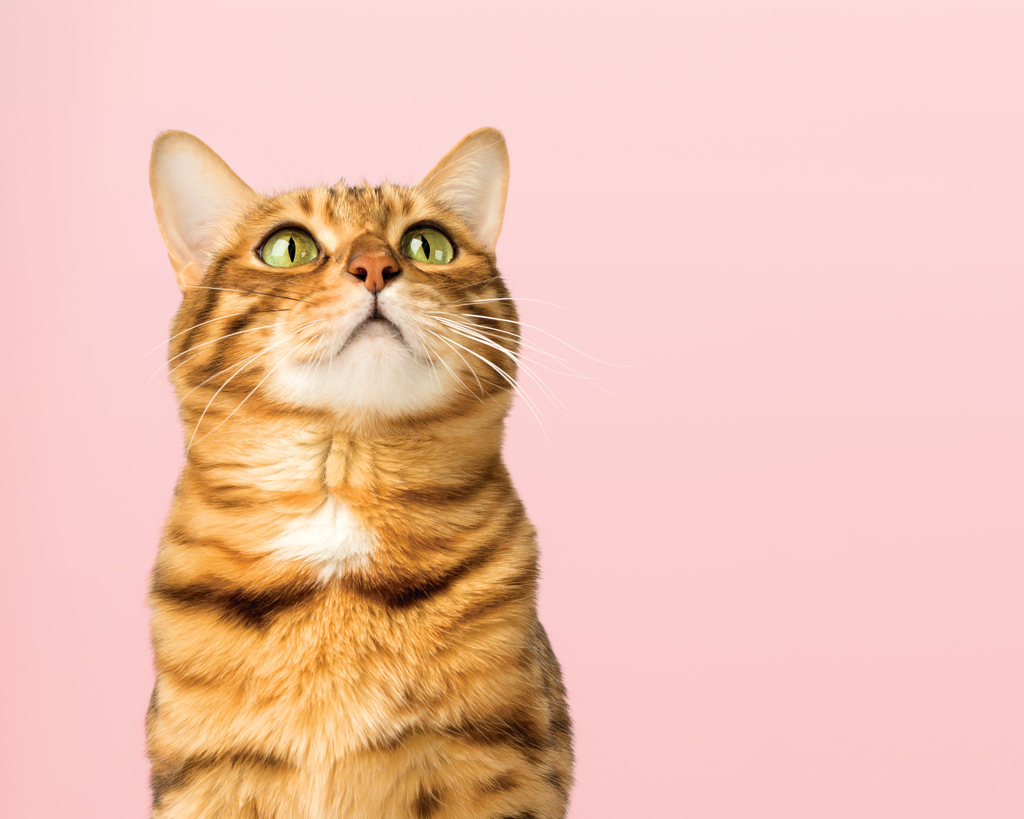
Svetlana Rey/Shutterstock
This study tells us that there’s much more to feline faces than previously thought. The results may be useful to shelters, veterinarians, and cat guardians. For example, being able to spot these facial expressions might help a shelter know whether a particular cat should be adopted out on their own or to a home with another cat. Most of us don’t have the time or inclination to study the catFACS, but all of us can pay more attention to our kitties’ facial expressions. In a multi-cat home, it will help us to know how friendly the cats actually are with each other.
This research is not the only new development in learning how to read cats’ faces. In recent years, scientists have developed a feline grimace scale which identifies the facial movements associated with acute pain in cats. Cat guardians and veterinarians can now reference the facial grimace scale website or download the app and use it to see if there are signs of pain on their cat’s face. This can help veterinarians know when to prescribe painkillers for feline patients.
One day, the results of the current study may lead to a new tool to help people read their cat’s expressions. “I’m not going to be surprised if, in the near future, you can feed a video or photo of your cat to an app that will help you identify some of these facial movements that AI can probably identify easier than we can,” says Delgado.
This article originally appeared in the award-winning Modern Cat magazine. Subscribe today!
Join the newsletter and never miss out on cat content again!
"*" indicates required fields
By clicking the arrow, you agree to our web Terms of Use and Privacy & Cookie Policy. Easy unsubscribe links are provided in every email.





